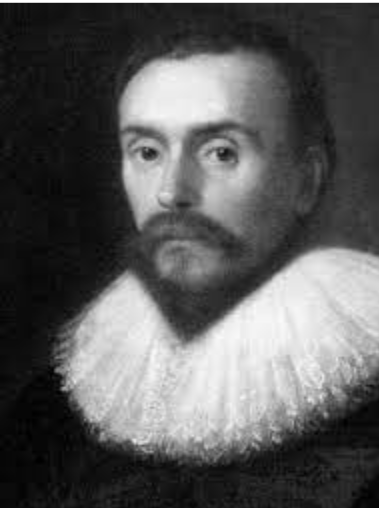The Death of William Harvey

November 1, 2022
William Harvey was born April 29th, 1578, Folkestone, Kent, England, and he died June 3rd, 1657. He was an English physician who was the first to recognize the full circulation of the blood in the human body. He was also the first to provide experiments and arguments that supported his idea/belief.
Harvey came from a big family of seven brothers and two sisters. His father, Thomas Harvey, was a farmer and a landowner. Harvey studied arts and medicine at Gonville and Caius College, Cambridge, from 1593 to 1599. After his studies at Cambridge, he continued his studies at the University of Padua, which was the leading European medical school at that time.
In April of 1602, Harvey earned his doctorate from the University of Padua and returned to his birthplace in England to work as a doctor. Harvey married Elizabeth Browne in 1604. Browne was the daughter of Launcelot Browne who was a London physician. He served as a physician to James I, the king of England. Harvey and his wife appeared to love each other dearly, but they did not have any children.
In 1615 Harvey was appointed Lumleian lecture in surgery at the Royal College. He was appointed the Lumleian lecture until 1656. He was also appointed physician at St. Bartholomew’s Hospital, and help that position until 1643, when he was replaced. Harevy was also appointed physician to James I in 1618 and continued as the physician to Charles I upon Charle’s accession to the throne in 1625.
Because Harvey was tending to many important men during his lifetime, he built a considerably well know practice. Harvey led the team of doctors that attended to James I during his last illness. Harvey was also a very important witness in the rial of George Villiers, duck of Buckingham, who was accused of poisoning the king and killing him.
Harvey lived during the time of the European witch hunt, and was involved in one of the cases in 1634. He had to examine four women accused of witchcraft. During this time in Europe, the belief in witches and witchcraft was commonplace. People who denied their existence or supported someone accused of witchcraft were accused of heresy. It was easy to interpret any suspicious behaviour or mark on the body as positive evidence of witchcraft. Harvey approached his cases with an open mind and was willing to take into consideration scientific explanation of the evidence allegedly showing witchcraft and find people accused of witchcraft innocent.
Later in Harvey’s life he, suffered from a few medical conditions including, gout, kidney stones, and insomnia. In the year 1651, which followed the publication of his final work, Exercitationes de Generatione Animalium, which can translate to, Exercises on the Generation of Animals. It is believed that Harvey attempted to take his own life with laudanum; an alcoholic tincture of opium. However, this attempt, if actually attempted, failed. On June 3rd, 1657, at the age of 79, he died of a stroke.



















































































































































